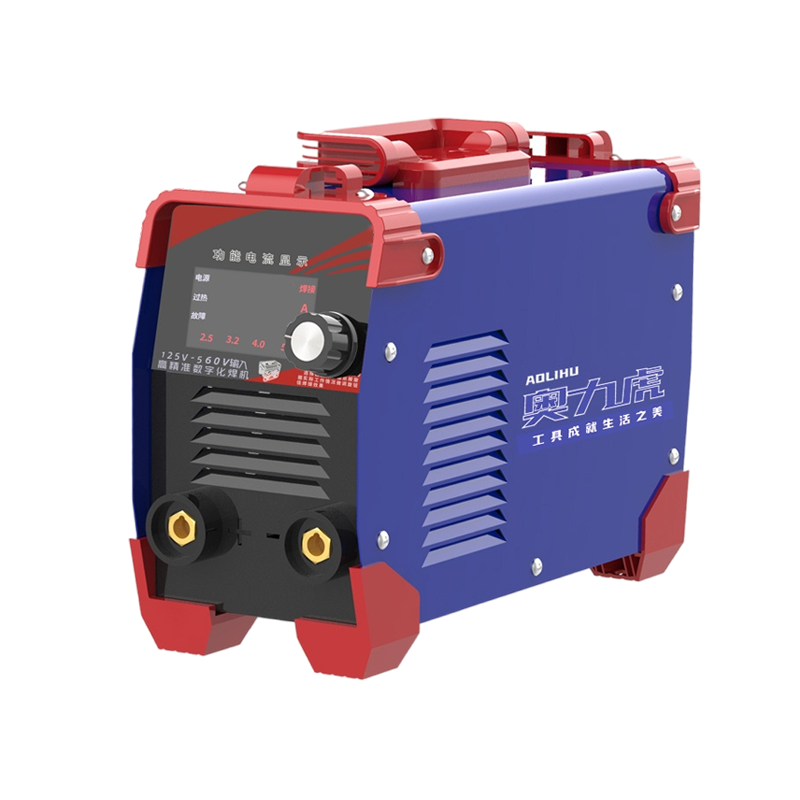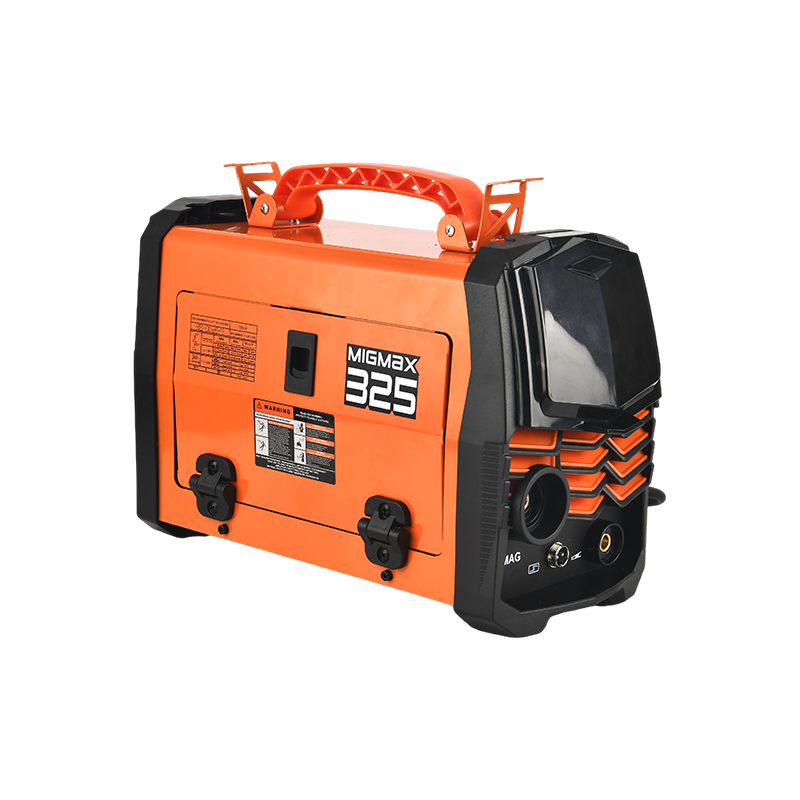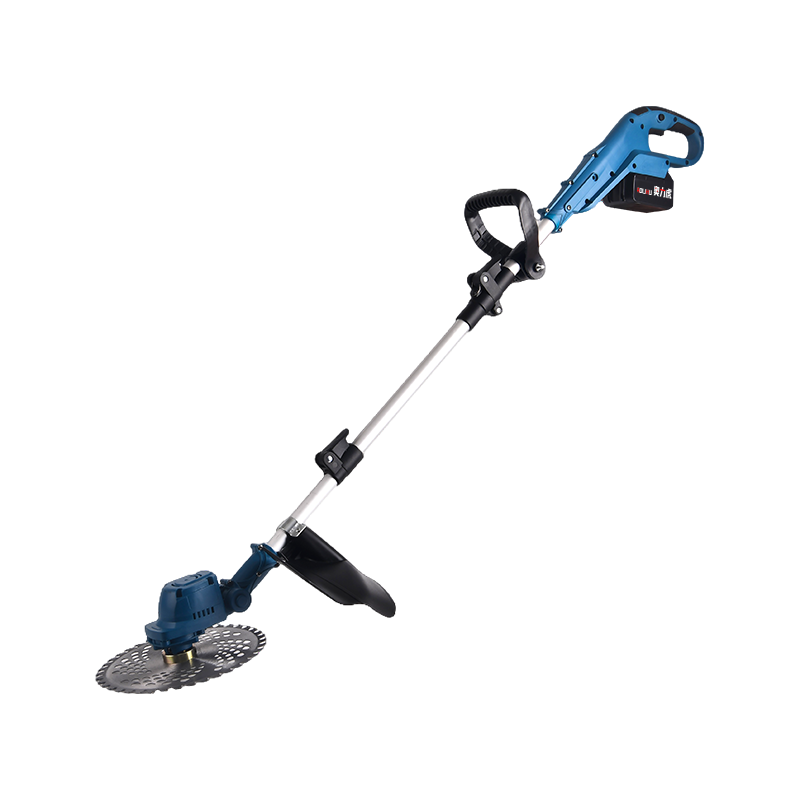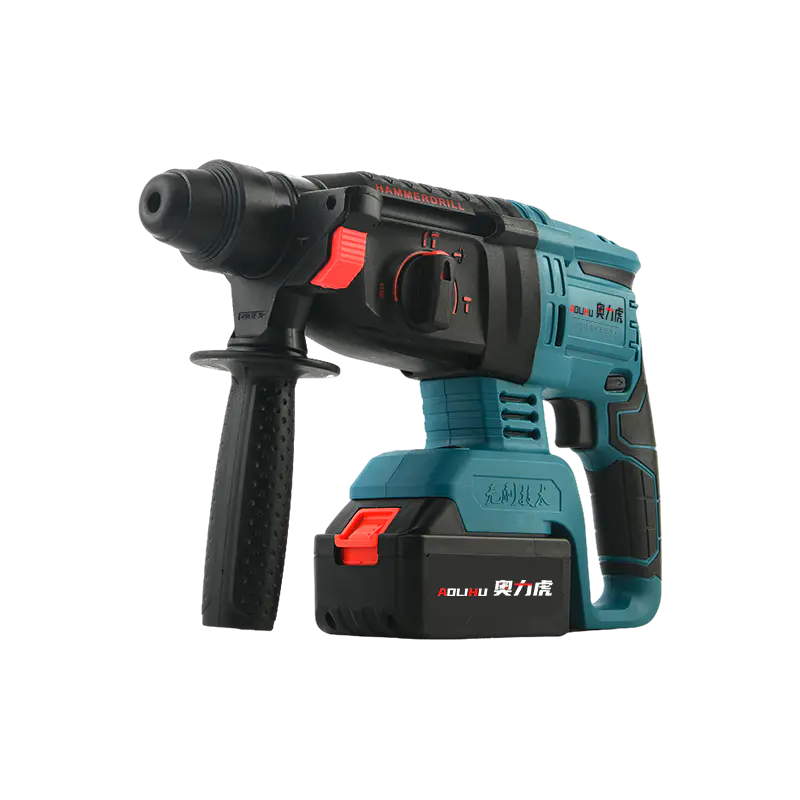In the dense woodlands where manual labor once dominated, a subtle transformation is underway, driven by the steady hum of the chain saw. This tool, long synonymous with raw power and forestry work, is undergoing a significant, albeit quiet, evolution, reshaping its role in both professional and private settings. The changes are not flashy, but they are impactful, focusing on improved usability, safety, and environmental consideration.
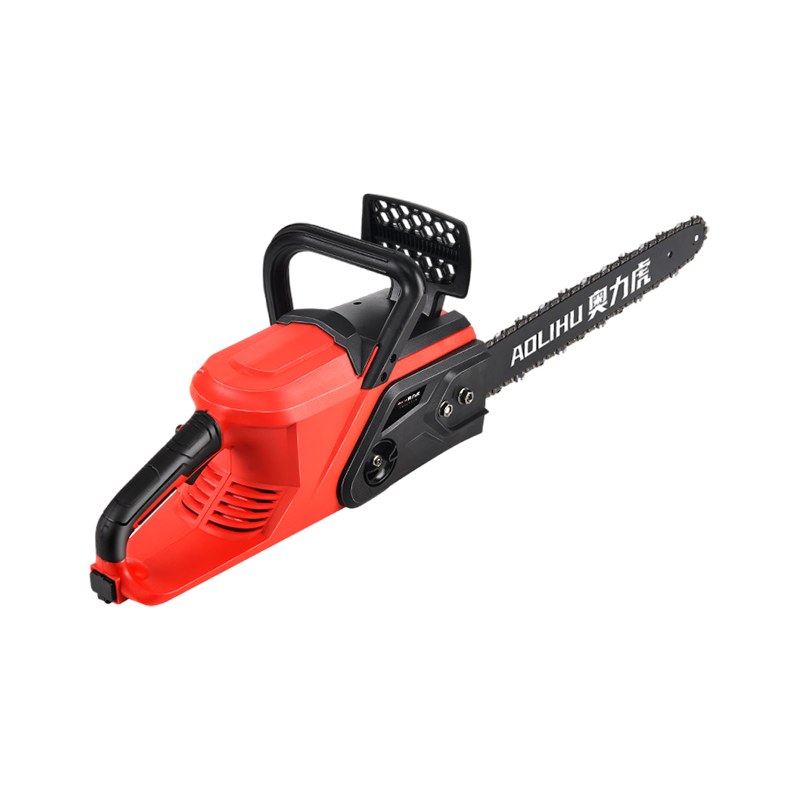
For generations, the chain saw has been a fundamental instrument for loggers, arborists, and farmers. Its primary function—cutting through wood with a rotating, toothed chain—remains unchanged. However, the mechanics and materials that achieve this are being refined. Modern chain saws are benefiting from advancements in engine design and battery technology. The rise of robust battery-powered models is particularly notable, offering a alternative to traditional gasoline engines. These electric versions produce less noise and no direct emissions, making them suitable for use in noise-sensitive areas or for shorter tasks in suburban environments. This shift is not about replacing one power source with another, but about providing appropriate tools for different situations.
Furthermore, enhancements in safety features are a continuous priority. Modern chain saws increasingly incorporate systems designed to less kickback—a sudden, upward motion that can occur if the moving chain near the guide bar’s tip contacts an object. Improved chain brake mechanisms and better-balanced body designs contribute to more controlled operation. While no tool is without risk, these developments help reduce the potential for incidents, making the chain saw a more manageable instrument for trained users. This focus on safety extends to protective gear, with better-designed helmets, gloves, and chaps becoming more widely adopted alongside the tools themselves.
The materials used in the chain saw itself are also seeing incremental upgrades. Lighter yet stronger alloys are used for housings and guide bars, reducing user fatigue during extended use. The cutting chains are being manufactured to stay sharper for longer periods, enhancing cutting efficiency and reducing the frequency of maintenance stops. These improvements, while seemingly minor on their own, collectively contribute to a more productive and less strenuous work experience for the operator.
Beyond professional forestry, the chain saw has found a stable place in the domestic market. Homeowners managing small plots of land, preparing firewood, or dealing with storm damage find value in a capable cutting tool. The availability of various sizes and power levels allows users to select a model that matches their specific needs, from small electric saws for pruning to more powerful units for felling medium-sized trees. This accessibility, however, comes with an ongoing emphasis on the importance of proper training and respect for the tool’s inherent power.
The narrative of the chain saw is thus one of steady refinement. It is moving away from a image based solely on brute force toward a more nuanced identity as a specialized tool where engineering, safety, and practicality converge. The core purpose of the chain saw remains firmly rooted in cutting wood, but how it achieves that purpose is becoming more sophisticated. As technology progresses, the familiar sound of the chain saw is likely to be accompanied by even quieter, cleaner, and more user-friendly innovations, ensuring its continued relevance in managing and utilizing wood resources for years to come.

 English
English русский
русский Français
Français Español
Español